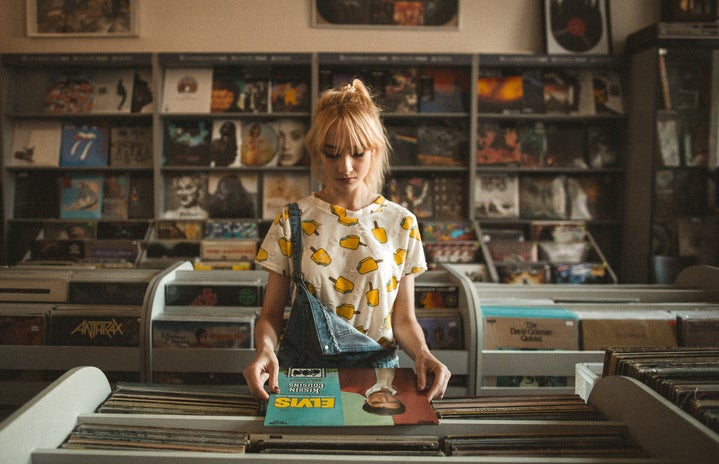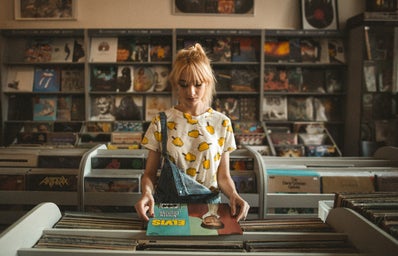Trigger Warning: This article will discuss topics of sexual assault.
When discussing the topic of removing the art from the artist, many current events may come to mind. For me, the freshest example would be Alexander O’Connor, also known as Rex Orange County. Once an adorned musician amongst men and women alike, Rex Orange County is now being charged with six counts of sexual assault. While he denies the allegations, it is sadly not uncommon for a celebrity to abuse their influence. Many of O’Connor’s fans are ready to ditch his music for good, claiming that these allegations are against everything his music represents. On the other hand, there are several fans who have stated they are willing to “remove the art from the artist” in order to still enjoy O’Connor’s music.
Particularly, this case is on the more extreme side of what past and current artists’ misconduct has led to. However, some issues arise from continuing to support Rex Orange County in this specific scenario. If there is still an audience for his music, streaming sites such as Spotify and Apple Music will continue to allow his work to be streamed. Furthermore, O’Connor could potentially still be allowed to produce music and profit off the fans that allowed him to have the platform he has now allegedly used to take advantage of a woman. Being that this case is extremely fresh, there is no verdict yet reached, and there is no solid decision for fans to base their opinions on. Nevertheless, sexual assault is a very serious allegation, and allowing an accused artist to remain a face in the industry would be enabling the notion of rape culture.
Not every case of celebrity or creator turmoil is this severe. There are many artists in various industries who face controversy due to political opinions, drug usage, and numerous other scandals. In many of these cases, it would be socially acceptable for an artist to remain afloat despite occasional problematic behavior. Realistically, even the artists that are idolized are human and make some of the same mistakes their fans make. The difference is the publicity and influence of the artist’s mistakes that could cause potential harm, as society is impressionable. It is extraordinarily difficult to sit here and say that there should be parameters on what is acceptable to still enjoy after an artist is wrapped up in controversy. Legality and morality play large roles in what can slide and what can’t. It may seem proactive to say one is “removing the art from the artist” with the hopes that the artist will no longer receive support, however, that is a difficult case to make. If an artist’s work is supported despite their wrongdoings, likely they will still maintain some form of platform from said work, or even be able to continue producing new work. Moreover, it is important to understand that supporting the work may deem the artist’s actions tolerable in the public eye. This further poses an issue with celebrity culture in and of itself. The fact that people have the opportunity to gain so much power by creating work that appeals to the masses, despite any insight as to who they are or what their morals are, is dangerous. It fosters ignorance in society that makes it difficult to hold known creators accountable.
With the information laid out, it seems nearly impossible to effectively separate the art from the artist with the climate of modern pop culture. In a world where everybody’s opinions and actions are public, it is difficult to simply consume an artist’s work at face value. Especially with an increasing emphasis on moral progressiveness; it is critical to be giving platforms to people that society feels represents them. However, there are still many factors at play, one being that many popular artists, particularly in the music and writing industries, have ghost writers and don’t create all of their own material. In this case, actions can be taken to credit the initial creators while unsubscribing from the face of the art. Another productive way to remove the art from the artist is to support those who create covers or take inspiration from the initial artist. Ultimately, we are in a fortunate position to say it is up to the consumer to decide what they wish to continue to support. Even after turmoil, the creative industry remains a continuously evolving machine. The beautiful thing about art is that it allows both the artist and recipient to freely express themselves in numerous different ways. The consumer is also allowed the opportunity to interpret the art however they see fit. No amount of controversy will strip the consumers’ right to interpretation. So, is removing the art from the artist effective? In many cases, the answer is probably not. But is it possible? Well, that’s a question everyone has the freedom to decide the answer to on their own.


